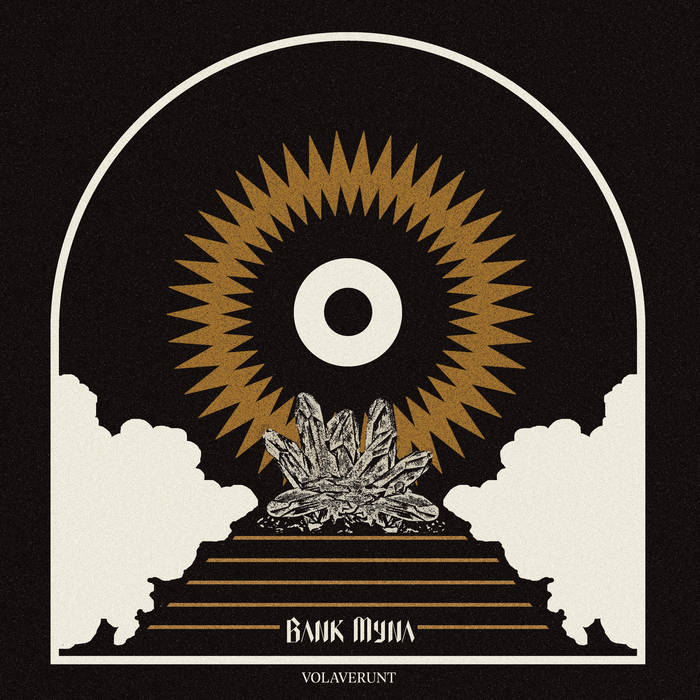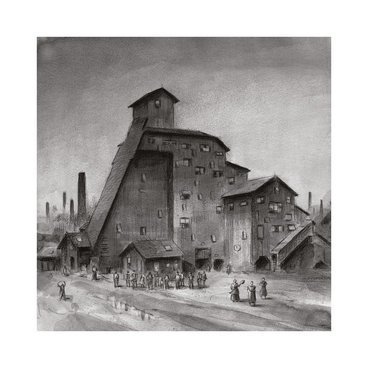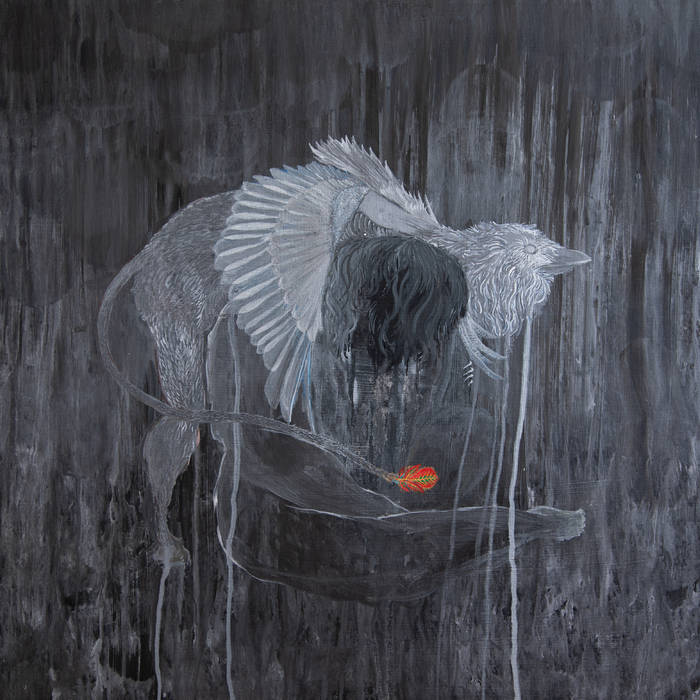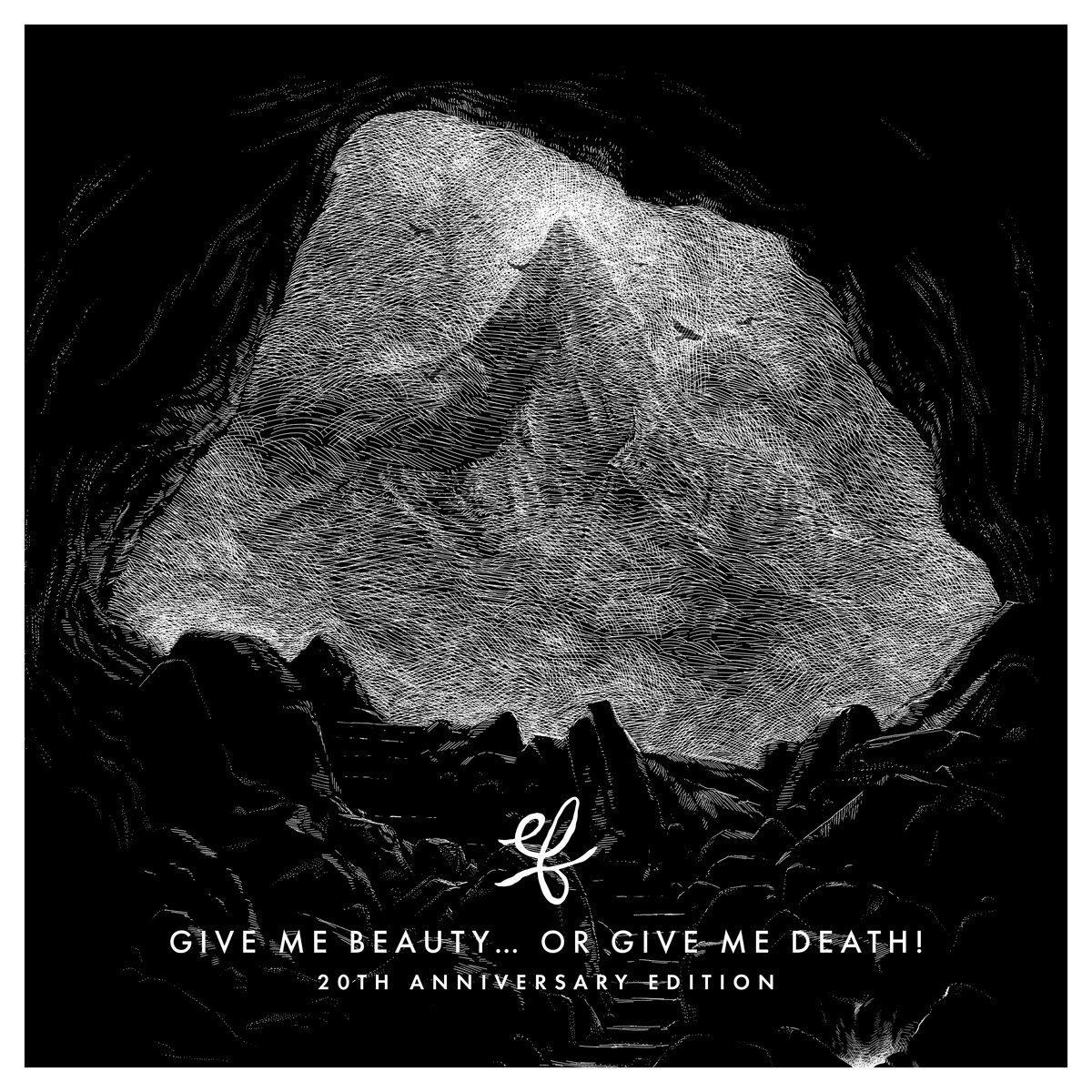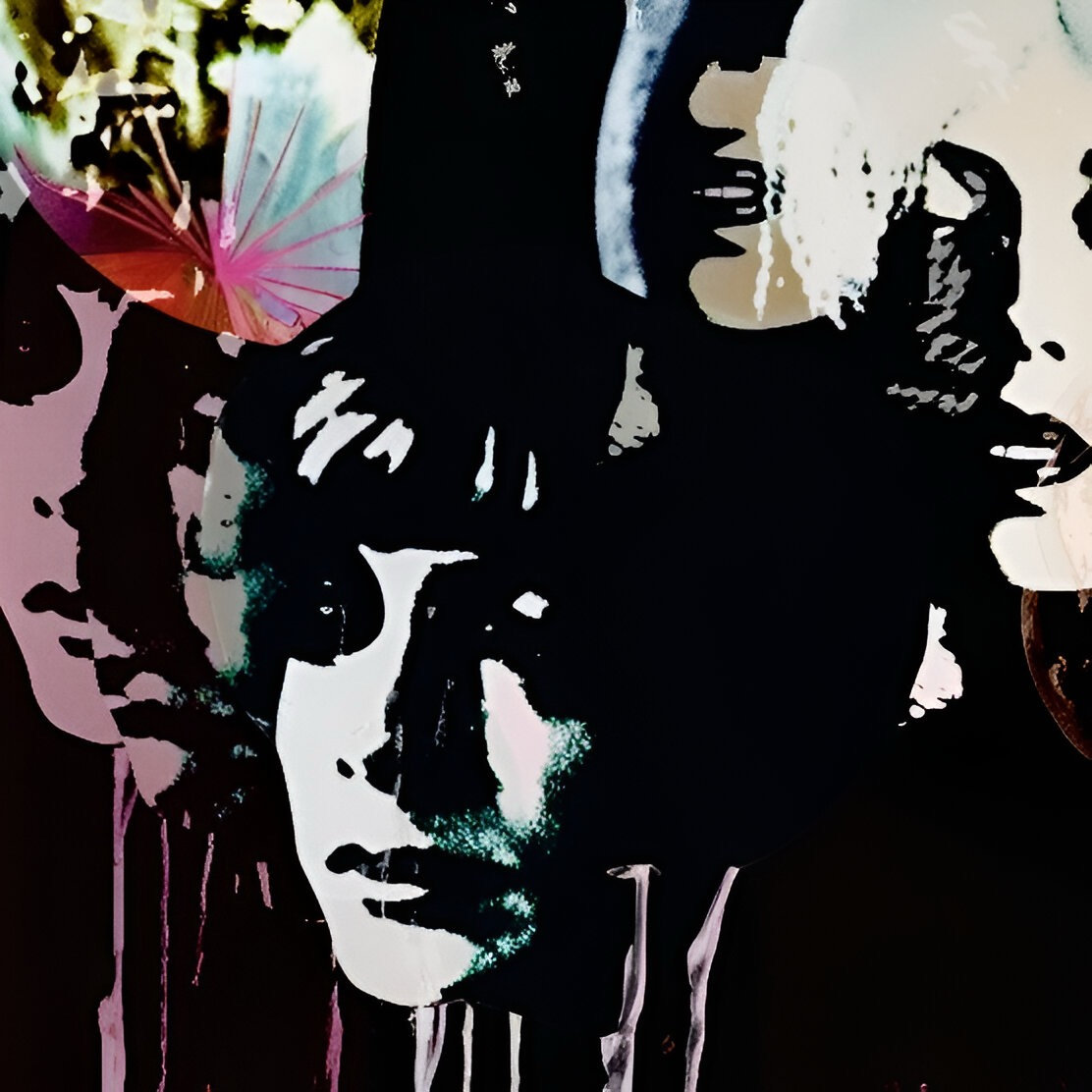As much as Zeal & Ardor has been stirring waves in the metal world since its rather unnoticed inception in 2013 and eventually going viral in 2016, the existence of this new album should never be taken for granted. Because with a music project based on some random internet douche’s joking suggestion to mix black metal and “n-word” music - what is actually supposed not to go wrong?
But Swiss-American singer / multi-instrumentalist Manuel Gagneux, who still handles all studio performances except for the live drums himself, evidently is too aware of the inherent potential for ridiculousness to fall into any trap of his own formula. And even when his fearless crossing of gospel chants and other black music genres like soul or R’n’B with black and more or less adjacent metal styles indeed goes too far - be it with cliché-juggling lyrics or electronic nonsense sprinkled over it - it’s always done purposeful and backed by a healthy dose of humour.
Especially the debut album Devil Is Fine (in fact an EP, you can fight me on this), which still very obviously sounded like a one-man-project, owed a lot of its charm to how freely Gagneux just threw every possible and impossible idea into it. Yet it also already hinted at a greater potential and possible longevity of the concept.
The matured album Stranger Fruit then proved this point strongly, followed by the Wake Of A Nation EP moving further from the initial fantasy of Afro-American slaves rebelling in the name of Satan to more real-life matters of the Black experience past and present. Of course just like Star Trek fans being surprised by their(?) franchise going woke, some listeners couldn’t handle the direct Black Lives Matter approach, even though the theme has always been at the very foundation of Zeal & Ardor. To most fans though it was only further demonstration of how flexible the artistic framework of the band really is.
Not to forget the live album put out between those two releases, which due to Gagneux’ restless creativity and the general short track lengths feels like a brimming greatest hits collection, which most “normal” groups couldn’t accumulate in a career a multiple times longer!
Given all this history it’s admittedly astounding that I still came to the recent work with doubts. But that probably was the patina of the pretty worn out decision to put out a self-titled record just several releases in the discography. Yeah, you’re making that statement, we get it! Well, at least the symmetrical cover artwork, which shows the gesture of the Baphomet in the pictorial language of hip-hop duo Run The Jewels, makes it kinda work, right?
You know the reveal which comes now: I’m an idiot. Because Zeal & Ardor is exactly that defining testimony of what the band is all about and what its mastermind always wanted to achieve with it. In comparison to its predecessors that means it is at the same time heavier, smoother, holier and evil-er. Each and every one of the bazillion puzzle pieces just sounds more defined and perfected than ever. And the production does its very best to present them accordingly, including quite convincing “real band” dynamics, which for a big part we surely have to thank drummer Marco von Allmen for.
Black metal, no matter if old-school or with a mist of gaze, has never been such a ferociously brutal wall of sound. But nothing else has to hide from its intimidating presence. Because at this point, it seems like Gagneux can just pull off any trick he wants to without anything ever coming off as lackluster or sheer gimmicky. Between shrieks and screams, delicate soft high notes, spoken words, soulful belts and more and more nuanced gospel choir arrangements, his voice flows and jumps at will with the same ease as the instrumentation can at any given time switch to djent, hardcore, blues, even hip-hop elements and too much more to name here.
The naturalness of the theoretically insane amalgam makes me think of such different bands as Blut Aus Nord, The Hirsch Effekt or Faith No More, while ultimately Zeal & Ardor remains a completely unique entity.
If you’re desperate to dig for something negative, you might find that the message isn’t as clear-cut as on Wake Of A Nation or parts of Stranger Fruit, but instead more encrypted and enigmatic. And since the quality of all arrangements has risen to such a high level that the permanent pure enjoyment makes you care less about the technicality of what style you’re exposed to at the very moment, the musical - and therefore also the thematical - duality of the whole feels, paradoxically, a little less sharp than on previous releases.
Which is just a convoluted, unnecessarily negative way of saying that every effin aspect of this record is equally damn effin enjoyable. No matter how you turn it around and look at it - you may find obvious variances, but it is all alike in its greatness! And it is all undoubtedly Zeal & Ardor.
And with that final thought in mind we’re now taking a good look at that cover artwork again! Clever.


